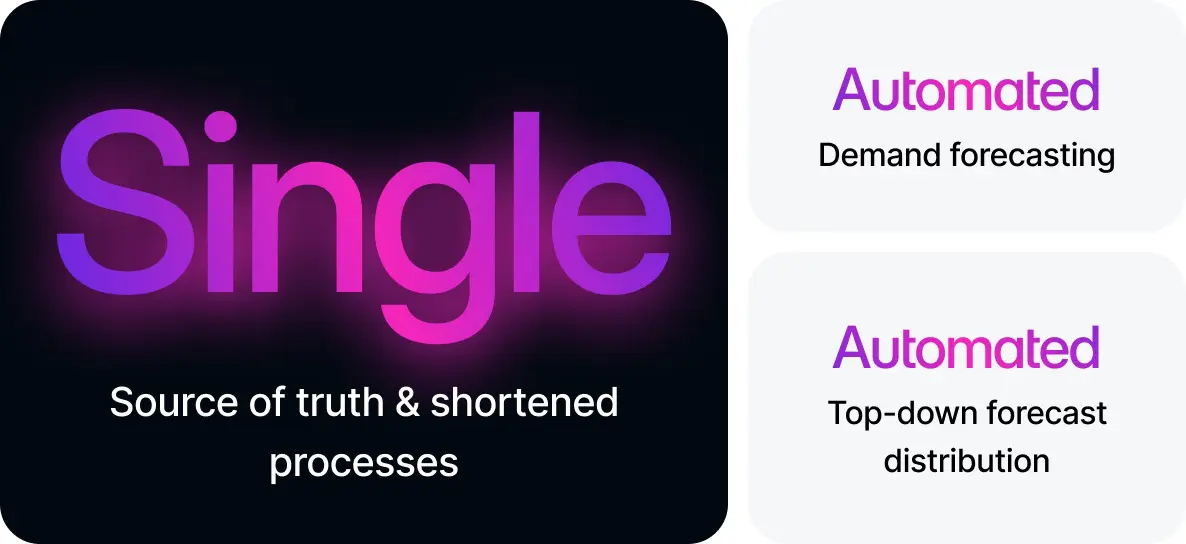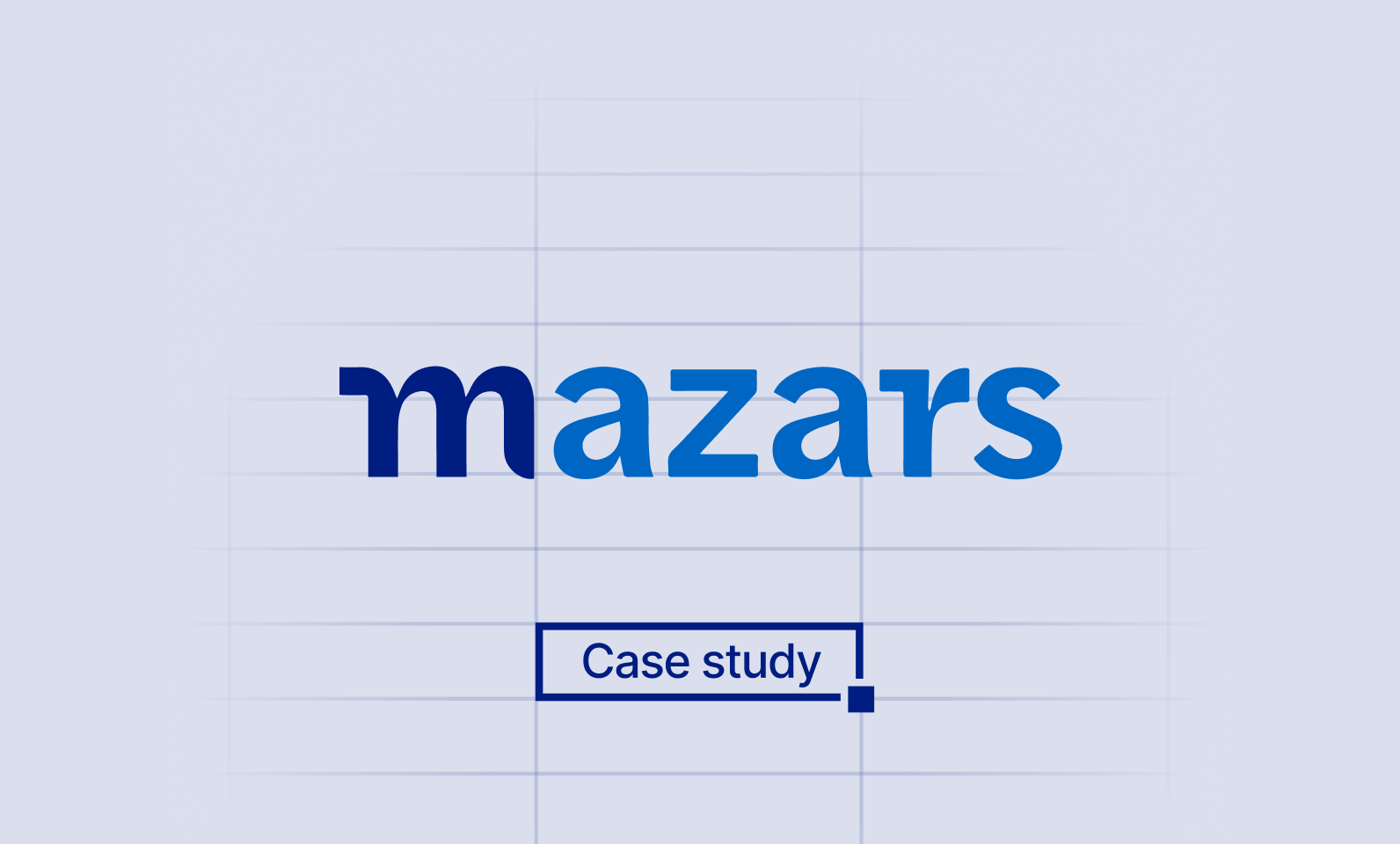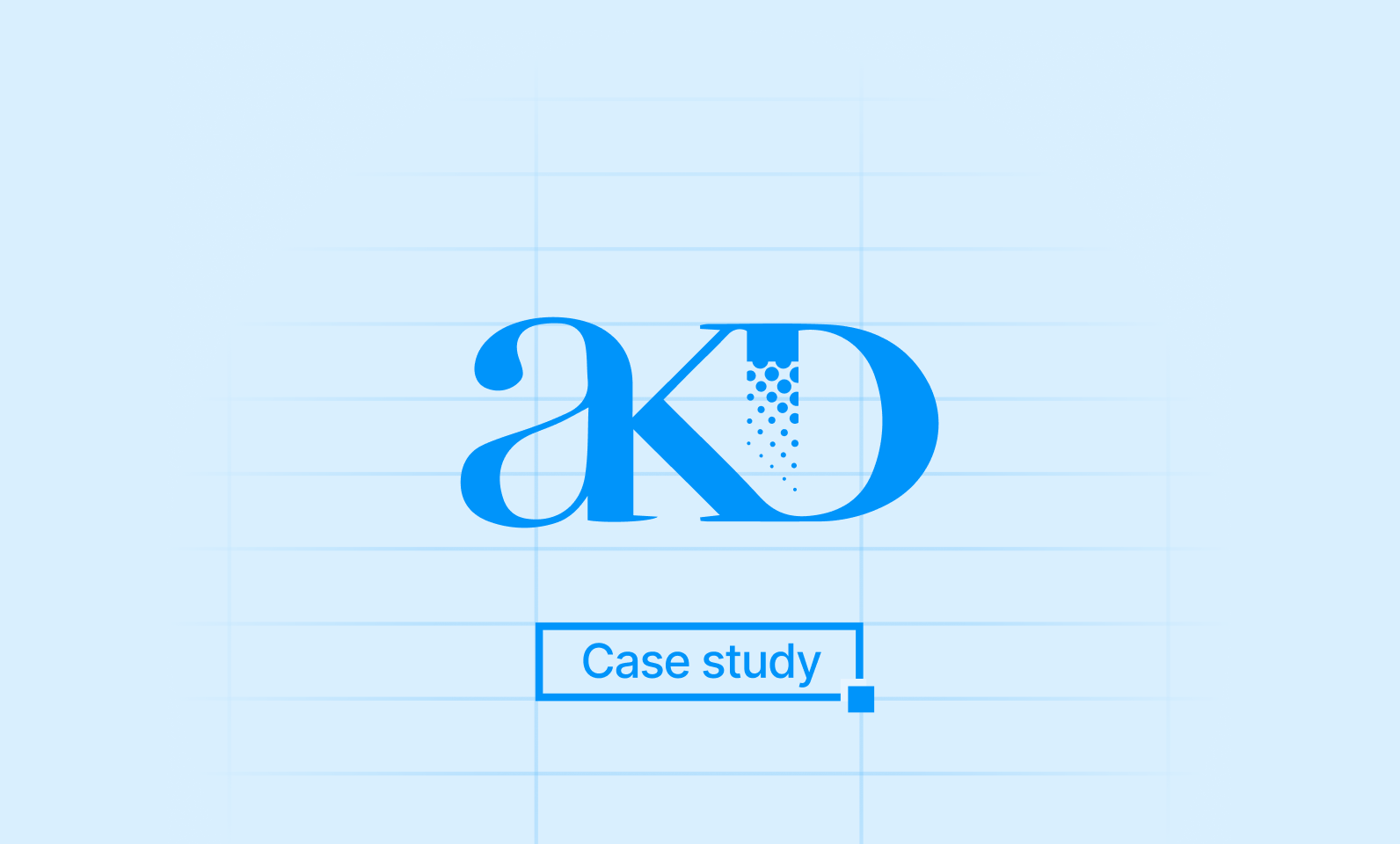About the Client

Lelo is most certainly one of Farseer’s most unique clients. Being one of the world’s leading designer brands for intimate lifestyle products, Lelo has fairly complex production and distribution processes while consistently remaining extremely innovative.
So, naturally, we in Farseer were excited when we got the chance to work with them and help them improve their demand planning operations.
Lelo is a Swedish self-care company founded in 2003. Its mission is to offer its clients the experience of sexual well-being without shame, the pleasure of discovery, and the confidence to lead a fulfilled intimate life. Their products are built with state-of-the-art technology and bring new levels of luxury to the intimate lifestyle industry.
The company operates in more than 160 countries, with hundreds of employees globally and more than 17M products sold to date. Also, Lelo holds more than 200 patents, so inventiveness and new technologies are obviously their priority.
Today, they make and sell products in 4 distinct brands: Lelo and Picobong – sexual wellness devices, Intimina – feminine care products, and Hex – Lelo’s own premium brand of condoms.

Demand forecasting challenges at Lelo

When they first started talking to Farseer, Lelo was thinking about making their demand forecasting processes more efficient and precise. They didn’t experience any issues per se, but when they heard about Farseer and how it helps improve company-wide planning operations, they knew that it was a great chance to improve, and, in their own words, that is always a priority.
Up to that point, demand planning in Lelo was a somewhat complicated endeavor: demand planner collected their quantitative sales data from their ERP, and analyzed and stored the data in spreadsheets. They used their BI software to generate demand forecasts and were not too happy with how the process worked because forecasting was not the BI software’s primary purpose. Planners could only get limited results, and the entire process was cumbersome and manual. Naturally, they needed to simplify and speed up demand forecasting.
Additionally, due to differences in prices and sales activities, planners in Lelo wanted to separate demand planning for B2B and B2C segments. One of their priorities was to connect their demand planning processes into one workflow and have all stakeholders working with one source of truth.
Also, Lelo wanted the ability to drill down and see more details by all the dimensions when planning (SKU, product class, group, category, status, range, and business type). What was crucial for Lelo was having separate data versions for plan values, actuals, and forecasts.
The implementation and the results

First, we sat down with demand planners at Lelo, analyzed all existing processes and data, and defined the planning dimensions (SKU, product class, group, status, range, business type, and category). Then, we helped them import all their historical data and set up the master data in a way they could edit it easily. This means that planners can change the master data centrally and propagate the changes to all models.
Easy master data manipulation is crucial for the ease of use while making changes in models: adding new products, changing variables such as prices, specific discounts, product status, etc. Planners/modelers have complete autonomy and control over their models without relying on external help to make changes.
After setting up the master data, Lelo demand planners built their models in a way that enables them to plan in detail for every dimension. Farseer’s advanced version system made it possible to simultaneously plan for demand using three main scenarios: actuals (historical data), plans, and forecasts.
Farseer’s multi-user workflows enabled the demand planners to quickly gather all relevant information from several company departments whose input they needed to make accurate forecasts. Everyone in the company can always work on the same version of the model, and due to Farseer’s granulated system of access rights, users see only the data they need to – Farseer helped them to minimize manual work, and significantly shortened the planning time.
Once they imported all relevant historical data, demand planners could leverage the automated forecast feature to generate forecasts in a few clicks. Before Farseer, the entire process was manual, and the planners had to use several tools to generate accurate forecasts.
One of their favorite features was the automated top-down distribution of plans. It enables them to set a target value at the highest level of the plan and have the option to distribute it across all their models.
For example, they can set a sales goal for the entire B2C segment and click the top-down button. Farseer will automatically distribute the plan values across the model and submodels. Users can manually change values generated this way, and the entire model updates automatically.
Planners in Lelo also appreciate Farseer’s simple, easy-to-use Dashboards. They used them to build plan accuracy and demand plan overview reports. The reports automatically sync with the model, so they always reflect the latest changes. Users can leverage Farseer’s slicer features to drill down the reports across all model dimensions without going through the models to find the relevant numbers.

Single source of truth & shortened processes
Centralizing data in Farseer ensured consistency and streamlined processes, improving efficiency and departmental collaboration.
Automated demand forecasting
Farseer reduced manual effort and improved accuracy in LELO’s demand forecasting, enhancing inventory and production planning.
Automated top-down forecast distribution
Automated forecast distribution aligned all organizational levels and sped up financial planning.



